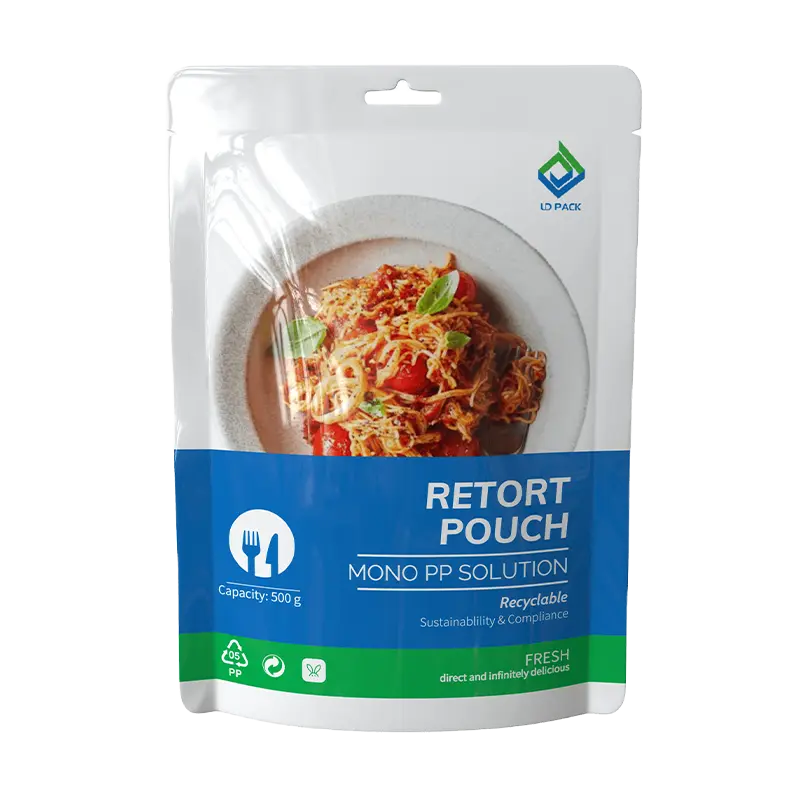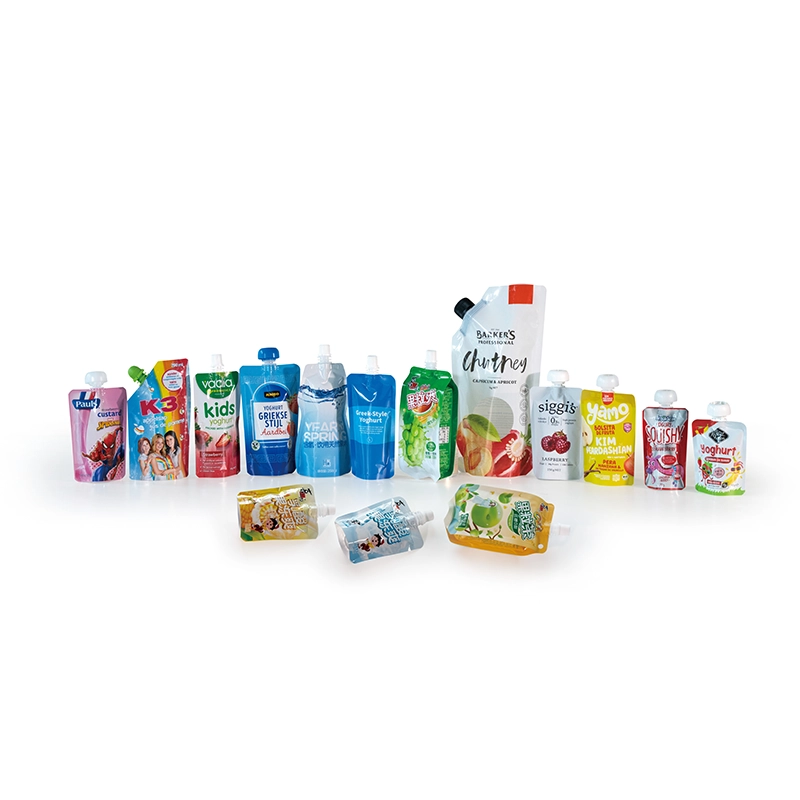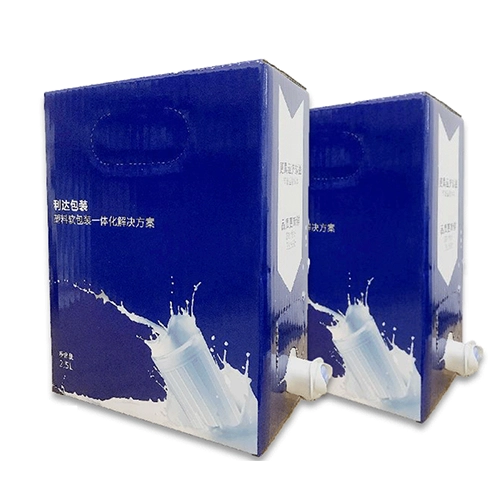A summary of the properties of commonly used films
1. Polypropylene film
Polypropylene is classified as homopolymer and copolymer. Homopolymer is formed by polymerization of propylene monomer, while copolymer is formed by polymerization of propylene and other monomer. Copolymers are mainly copolymers with ethylene. The mass fraction of thylene is generally 5%~7%, with the addition of ethylene, propylene’s property of low temperature resistance and flexibility have been improved, lower melting point and better transparency. Copolymer accounts for around 20% of the total polypropylene.
Films can be made with different properties according to different processing methods. The most commonly used films are general BOPP, dull BOPP, hot-sealing BOPP,casting polypropylene CPP, Blow molding IPP, etc.
A. General BOPP film
BOPP film - when processing, stretch the amorphous or partially crystallized film at above the softening point in both directions so that to increase the film surface area, reduce its thickness and improve its luster and transparency. Meanwhile, since the stretched molecule is oriented, its performance such as mechanical strength, airtightness, moisture barrier, low temperature resistance, etc have been greatly improved.
BOPP film property: high tensile strength and modulus of elasticity, yet low tearing strength; excellent rigidity, with outstanding extensibility and resistance to bending fatigue; it also has good resistance to high and low temperature, the service temperature could up to 120 ℃. BOPP films’ resistance to low temperature is better than that of normal PP films. BOPP film with luster surface and good transparency is suitable for all kinds of packing materials. With properties such as low density - around 0.91g/cm³, good hygiene, non-toxic, odourless, BOPP also has good chemical stability, BOPP is insoluble in other solvents except strong acids, such as fuming sulfuric acid and nitric acid, and only some hydrocarbons have swelling effect on it. It has the best moisture barrier performance, water absorption < 0.01%, it’s one of the the best moisture-proof materials. However, its printing performance is not so good, so to achieve a good printing effect, surface corona treatment must be carried out before printing (surface tension ≥ 38mN/m). And since it has high static, Antistatic agents should be added to the resin used to produce the film.
The standard of general BOPP film in China is GB/T 10003-1996, standard physical and mechanical properties is shown as below table 2-1:
Table 2-1: General BOPP film’ physical and mechanical properties
item | index | ||
Class A | Class B | ||
Tensile strength(MPa) | vertical | ≥120 | ≥140 |
horizontal | ≥200 | ≥130 | |
Elongation at break(%) | vertical | ≥180 | ≥120 |
horizontal | ≥65 | ≥120 | |
thermal-shrinkage rate (%) | vertical | ≤5 | ≤6 |
horizontal | ≤4 | ≤6 | |
Friction factor | Motionlessness μs | ≤0.8 | ≤0.8 |
Motion μd | ≤0.8 | ≤0.8 | |
Haze(%) | 12~30μm | ≤1.5 | ≤1.5 |
31~60μm | ≤2.5 | ≤2.5 | |
Glossiness (%) | ≥85 | ≥85 | |
Wetting tension (mN/m) | ≥38 | ≥38 | |
water vapor permeability [g/m²·24h·0.1mm] | ≤2 | ≤3 | |
In table 2-1, Class A are bidirectional stretch films by flat film method, Class B are bidirectional stretch films by tube film method. The properties of the two are slightly different in tensile strength, elongation at break, thermal shrinkage and haze. In terms of tensile strength and elongation at break, vertically for tensile strength, Class B > Class A, yet for Elongation Class A > Class B; horizontally for tensile strength, Class A > Class B, yet for Elongation Class B > Class A. This is closely related to the vertical and horizontal condition. While in terms of thermal-shrinkage rate - Class B > Class A, this is closely related to equipment and technological conditions. In terms of haze - Class B > Class A, which means the transparency of class A is better. Most of the films produced in China are that of Class A.




